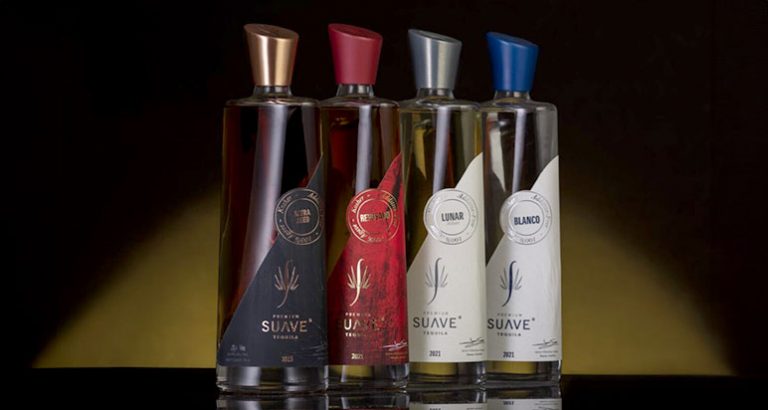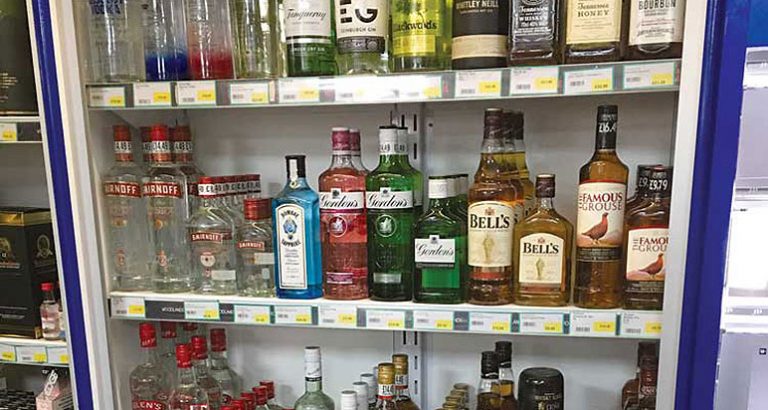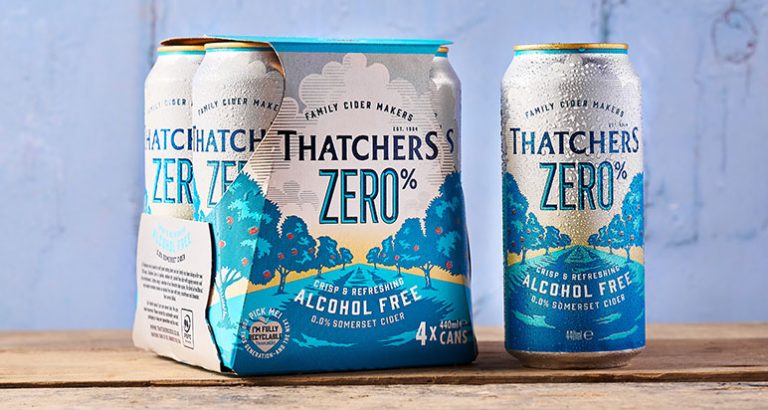New Scottish Government proposals on the advertising and marketing of alcohol, which might see products moved to a curtained-off area at the back of stores, could have profound consequences for local retailers and their staff.
By Stephen McGowan, partner and Head of Licensing (Scotland), TLT
The Scottish Government consultation on prohibition of alcohol advertising and marketing has generated many front-page headlines since it was launched at the end of November 2022. The consultation itself, which runs until 9 March 2023, contains a large number of proposals. This article focuses on the potential impacts for alcohol displays in retail stores, which may be of concern for retailers.
The consultation features several proposed restrictions around what it calls “in-store alcohol marketing”. Although the document acknowledges some of the existing rules around alcohol displays under the Licensing (Scotland) Act 2005, it also says: “Despite the current rules, alcohol is still legally promoted in-store through the placement of alcohol.” By placement of alcohol, they mean products on shelves.
One of the proposals advises alcohol should be banned from windows. The policy position driving this proposal is that alcohol advertising could normalise alcoholic products, and the Scottish Government suggests this could have a harmful impact on some individuals.
Sex shops
There are a large number of specialist alcohol retailers across Scotland. Wine shops, craft beer shops, or specialist off-licences. In these cases, the entire shop is one big alcohol display. Such premises will be blacked out if these proposals are given life, akin to the licensing rules around sex shops. Retailers will be concerned for their livelihoods if such a rule were to be enacted, but there may also real-world implications in relation to crime, amenity and staff safety, which have not been recognised or analysed.
The proposals suggest that alcohol displays could be “near the back of the shop away from entrances, exits or checkouts,” perhaps in an area behind a curtain or “shop within a shop”. The logistical implications of this are huge. Retailers have to apply for permission from the licensing board in order to change their alcohol display. Changing the location of the display could be a minor variation, but it could be a major variation if the “shop within a shop” display measurements turned out to be marginally larger due to the physical layout of the premises. In some cases, the applications would require a hearing, which could take many months.
In order to submit even a minor variation, a retailer would have to instruct an architect to draw a new licensing plan, showing the new proposed layout of where the alcohol shelving would be. Many retailers will also use licensing lawyers to submit applications to ensure they are handled expertly, particularly where there might be a hearing. In some areas in Scotland, the local health boards will frequently object to applications for even the slightest increase in display, and some licensing boards have overprovision policies meaning there is a rebuttable presumption against any increase in alcohol display no matter how small.
Application overload
According to the Scottish Government’s most recent statistics (2021/22) there are 5,155 off-sale licences across Scotland. So that means 5,155 licence applications would have to be submitted to get permission from the local licensing board to “move the alcohol to the back”. Taking some examples, this would mean 195 applications in Aberdeen City, 151 for Argyll & Bute, 485 in Edinburgh, 367 in Fife, 583 in Glasgow and 322 in the Highlands. Realistically, a local authority would not have the resource to deal with this volume of applications, especially considering the wider cuts to local authority budgets and the impact of other Scottish Government schemes such as the licensing of short-term lets. The impact on resource is not just a “licensing” impact – each of these applications will have to be checked by the building standards department to ascertain agreement on the display capacities; and where applications are major variations, there is a full public consultation process involving the police, health boards and others.
All of this has a disproportionate impact on smaller local convenience stores and retailers, many of whom will not have the space like a supermarket to create a separate area for alcohol.
The proposals also include banning aisle-end displays, again on the argument that having alcohol products located in these areas will create impulse purchasing. Should this be enacted into law, affected retailers would also have to submit applications to the local licensing board to “delete” these areas from their licence, or move those displays elsewhere.
Irish rules
The consultation document compares the proposals to the “structural separation” of alcohol products in retail premises in Ireland, introduced in November 2020. However, the Irish rules, as I understand them, do not feature the wider concomitance of de-personalisation which is detailed in the Scottish consultation. For example, the Scottish consultation proposes that adverts/displays even within these “shop within a shop” areas would only be allowed state sanctioned attributes such as ABV or geographical provenance – in other words, having all the bottles look the same and removing the attractiveness of the product. It also suggests that alcohol behind the till should be covered up like tobacco.
There has been no evaluation of the impact of the Irish model. Nor has there been any post-legislative evaluation of any of the existing Scottish licensing rules, including the rules around alcohol display and bans on certain promotions.
There is much in the consultation beyond the display proposals for retailers to consider – such as suggestions that even “low and no” products might be caught up in all of this, on the basis it is argued these are “gateway” products using the branding to lead people towards the alcoholic variants; and such as bans on “brand-sharing” where an alcoholic brand and a non-alcoholic brand come together to create a special product such as Baileys and Haagen-Dazs ice cream.
Retailers concerned at these proposals should make their views known and engage in the consultation, which can be done online at consult.gov.scot/alcohol-policy/alcohol-advertising-and-promotion by 9 March 2023.







